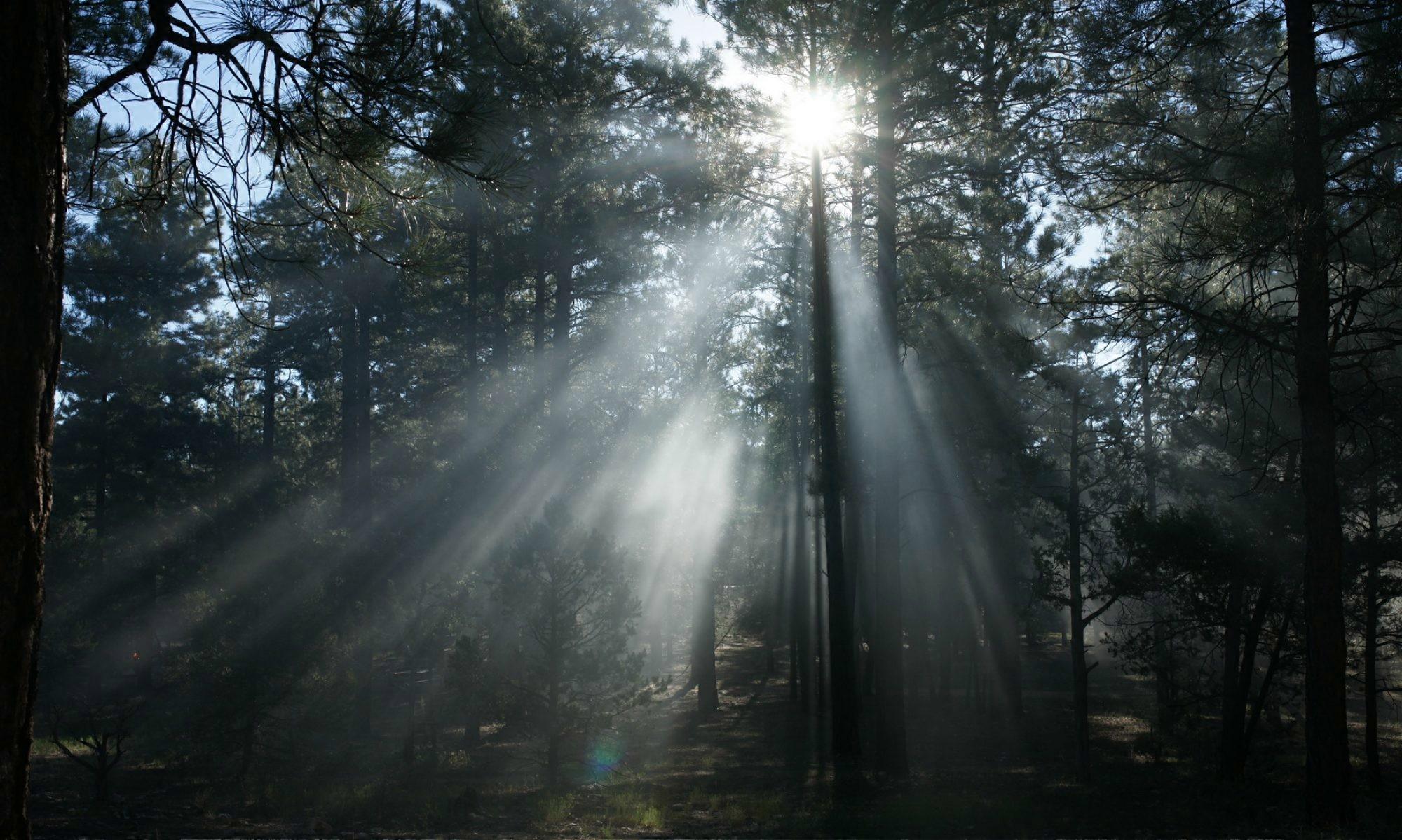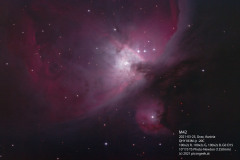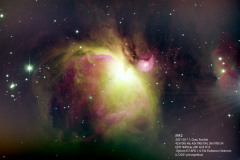It is amazing what modern cameras are capable of! Intreagued by learning how to improve the quality of deep sky astro photography, I stumbled upon Dr. Robin Glovers talk and essay on picking the correct exposure settings. Dr. Robin Glover is the creator of SharpCap, which is one of the best recording tools for planetary imaging.
A head full with new wisdom, I tested for myself, how true the statements according image aquisition were. Therefore I selected the core of M42 – around the trapezium – to set all parameters to. Using my 10″ f/5 newtonian telescope, I could set only a mind buggling 2 second exposure length, before saturating the 4 stars. I expected to gain a little bit of nebulosity, as the area around the trapezium is really bright. But what I could gain in post processing the 300 individual exposures is simply fantastic! Compare the 2 images attached – the nearly black one is one of the individual frames used to create the colorful result!
Image data:
Date: 2021-03-25
Location: Graz, Austria
Telescope: 10″ f/5 Newtonian with GPU corrector (1250mm focal length)
Camera: QHY183M @ -20C
Filters: Optolong RGB
Guiding: MGEN-II with off-axis guider
Exposures:
100x2s R, 100x2s G, 100x2s B




